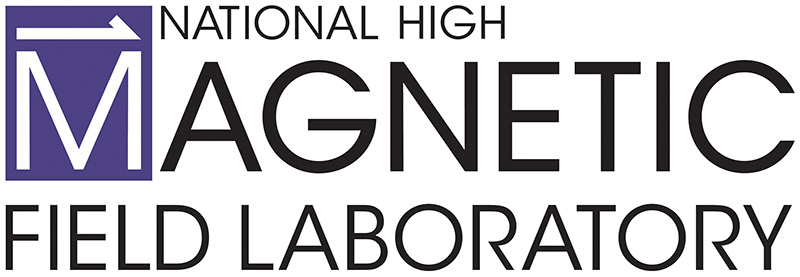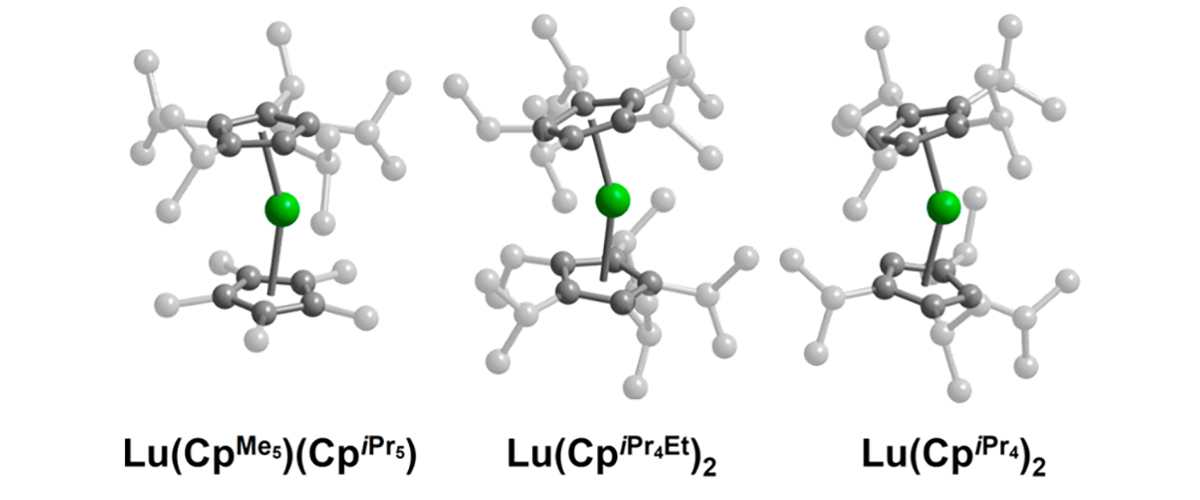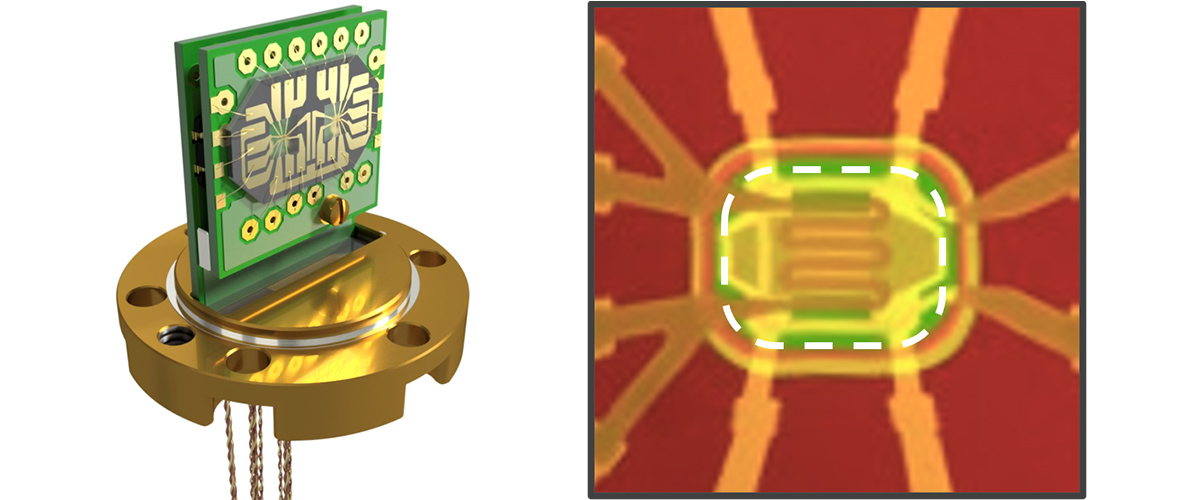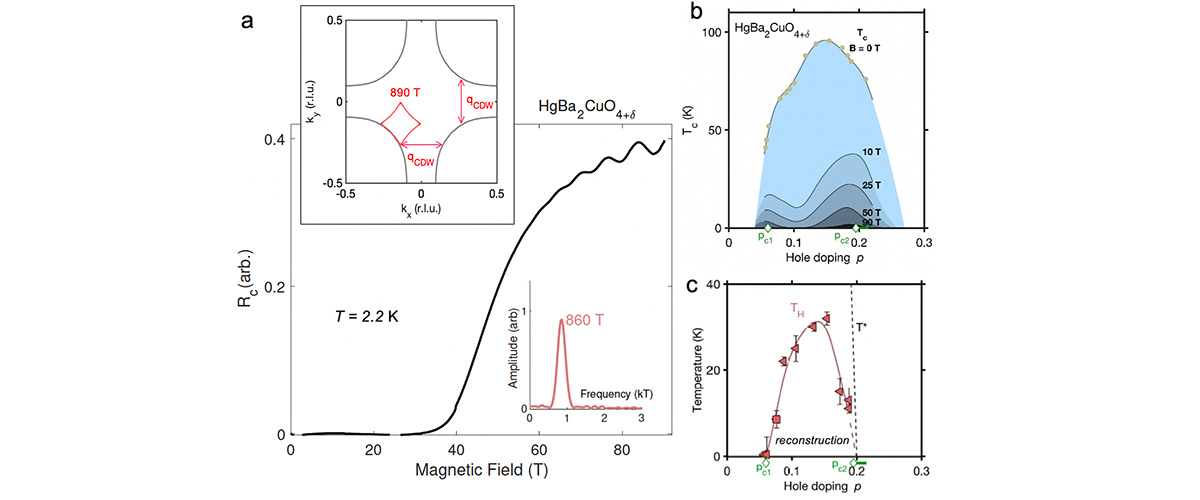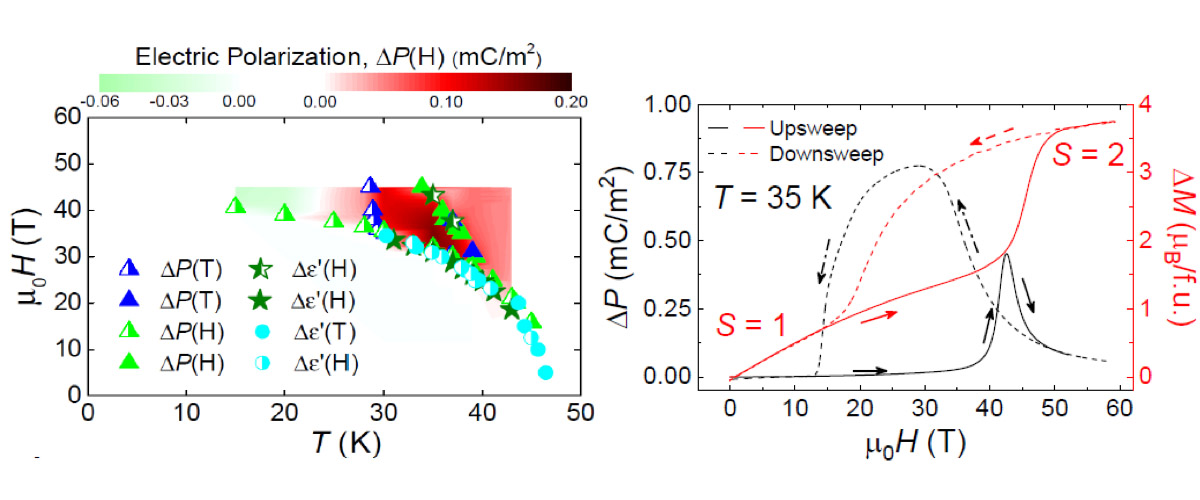What is the finding
Chemists from the Naval Air Warfare Center and UC Berkeley discovered a way to significantly enhance electron spin coherence—an essential trait for quantum computing—by chemically tuning lutetium-based molecules. By adjusting the shape of the molecules, they amplified the electron-nuclear interaction to a record high for lanthanide compounds, creating promising spin qubits for next-gen quantum devices.
Why is this important?
Quantum technologies rely on stable, coherent spin states. This work shows how to chemically design molecules with ultra-strong hyperfine coupling, allowing better control over spin states. That means faster, more reliable quantum bits (qubits) for computing, sensing, or communication—potentially revolutionizing multiple industries.
Who did the research?
D. X. Ngo1, K. R. McClain2, J. Hrubý3, Y. J. Franzke4, K. Kundu3, H. Kwon1, C. A. Gould1, B. G. Harvey2, S. Hill3,5, J. R. Long1,6
1UC Berkeley, Chemistry; 2US Navy, China Lake; 3National MagLab, FSU; 4Philipps-Universität Marburg; 5FSU, Physics; 6Lawrence Berkeley National Lab
Why did they need the MagLab?
Although the goal of this work is to develop molecular spin qubits that operate optimally at low magnetic fields, measuring such intense spin interactions requires extremely strong magnetic fields only available at the National MagLab. These measurements could only be performed using the unique spectrometers available at the MagLab.
Details for scientists
- View or download the expert-level Science Highlight, Chemical Control of Clock Frequency in a Series Molecular Lutetium(II) Qubits
- Read the full-length publication, Large Hyperfine Coupling Arising from Pseudo-2S Ground States in a Series of Lutetium(II) Metallocene Complexes, in Journal of the American Chemical Society
Funding
This research was funded by the following grants: K. M. Amm (NSF DMR-2128556); S. Hill and J. R. Long (DOE DE-AC02-05CH11231); K. R. McClain and B. G. Harvey (Weapons Division ILIR Program)
For more information, contact Stephen Hill.
